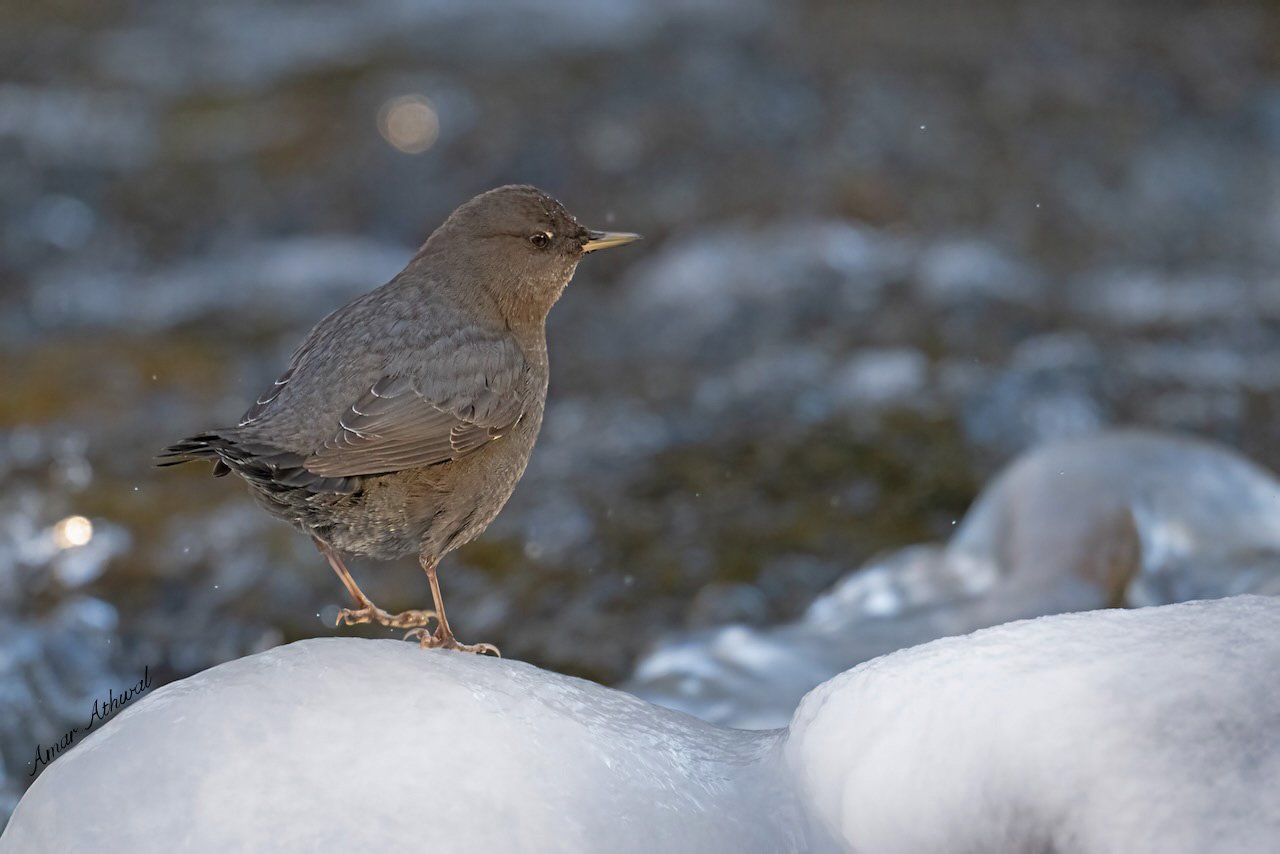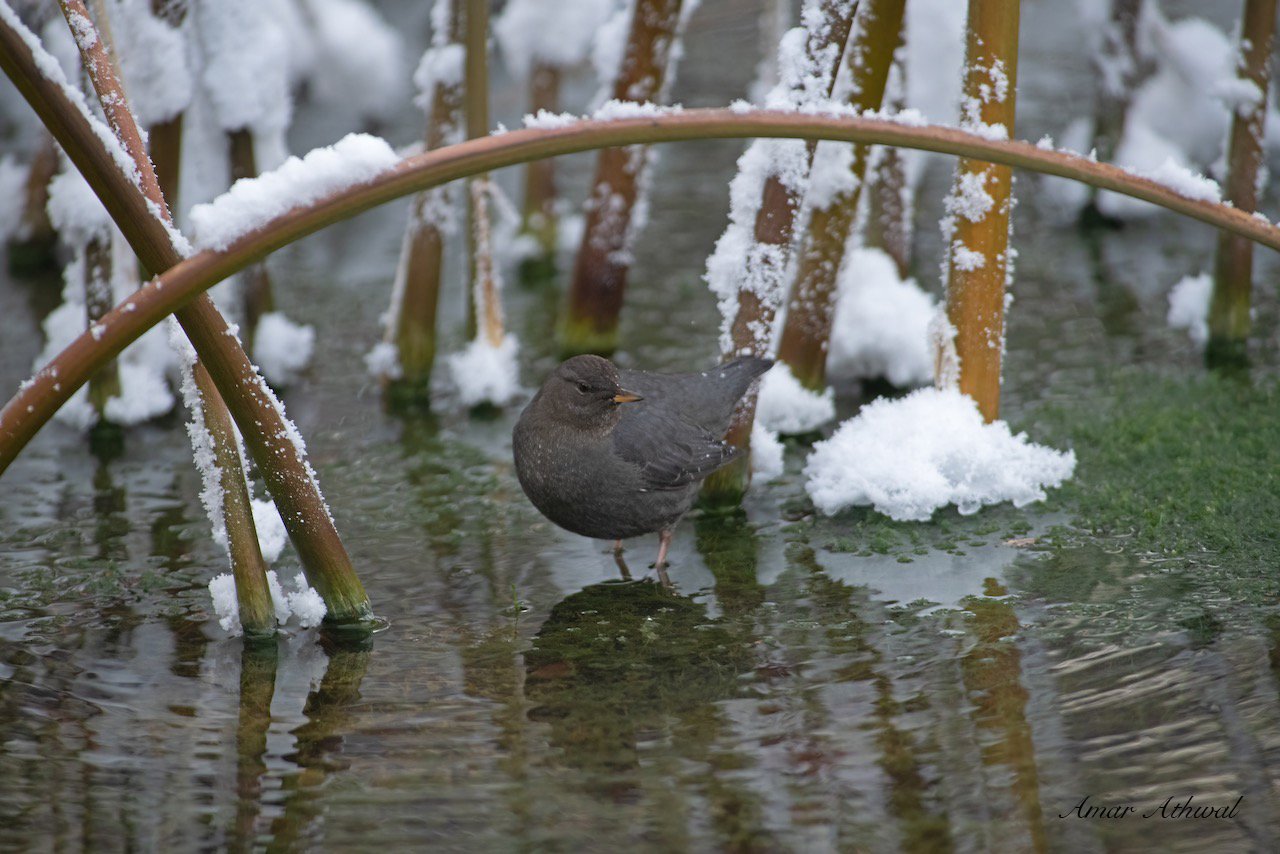Out of the five dipper species in the world, only one is found in North America. The American Dipper. The only true North America’s aquatic songbird. Dippers do not fly south for the winter, just to an area with open moving water. Some of the features that help them survive the cold waters in the winter are their low metabolic rate, extra oxygen-carrying capacity in their blood and their extra thick coat of features. They even have feathered eyelids. Since they feed on aquatic invertebrates, and fish. They can stay underwater by stretching out their wings against the current, this action helps push them downward and keep them submerged. They can also hold on to stones to prevent being swept off. As well, they have specialized flaps over their nostrils to prevent water from entering. One of the few species of birds that we can watch during the cold days of winter. As long as we have our down feathers.
American Dipper
The birds got it all figured out how not to get a frostbite on their legs and feet. Feathers help to maintain core body temperature, their legs and feet are mostly tendons and bones with some muscle or nerve tissue. Therefore, avoiding the high cost of keeping the legs and feet the same temperature as the core. The blood is supplied all the way to the foot, using a countercurrent heat exchange system. Cool blood returns from the foot traveling through veins surrounding the arteries that are sending warm blood from the body to the foot. The cool blood is warmed before reaching the body. Just enough heat reaches the foot to prevent it from freezing. The way this network of arteries is wired from the heart to the feet is called rete mirable or “wonderful net”.
Another way to keep the legs and the feet warm is by perching and covering them with their feathers. As well, we have all seen this, by standing on one leg while the other is tucked into their feathers. Switching between the two as needed. So if you see a waterfowl standing on one leg on the ice on a cold winter day, let them be and go home, do a tree pose and then enjoy your favorite hot chocolate.
American Dipper
As the sun was coming up, this American Dipper decided to take a break from searching for food. Which provided my a chance for a better picture on a cold morning.
American Dipper
Today was the Christmas Bird Count day in the Bow Valley, the night before there was a weather alert for this morning. Temperature around - 32 Celsius and called for heavy winds to bring windchill to under - 42. Waking up this morning the alert was removed, the temperature was only - 24 and the windy was only bringing it down to - 38. Piece of cake, well it was while wearing a coat loaned to me for the day by a friend, with the heavy parka, cold was never an issue except for my hand when I took pictures. And I only did that when there was a good chance of getting a good image, the one attached was the best one of an amazing bird, the American Dipper, who did not seem to be bothered by the cold weather as he went in and out of the open water to find food. The three friends I was with and others out in the valley were challenged today, but in a small way we got to connect with this dipper and few other birds we came across on a very cold day. And for them there is no warm home to go to at the end of the day.
Until next moment,
Amar
American Dipper
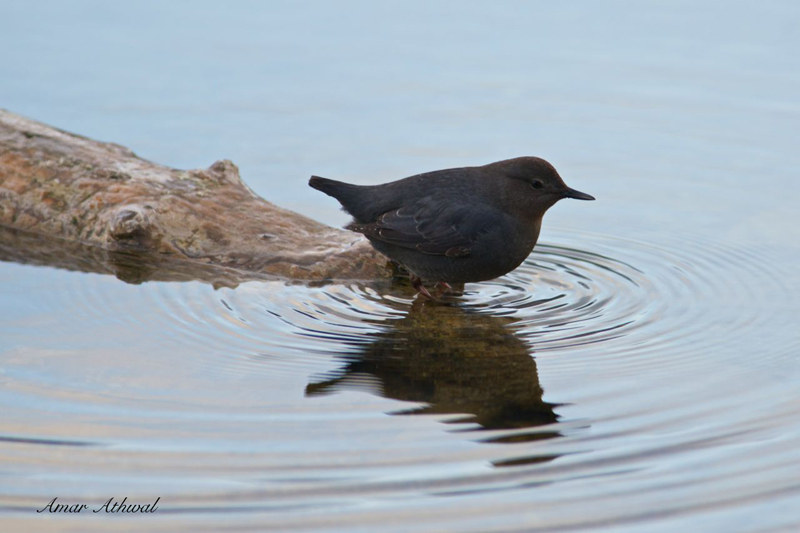
Have to start warming up my bird photography skills, as it will not be too long before the birds start making their way back to the mountains. The American Dipper is one bird that's always found in Banff. It was busy looking for food as I was busy taking its picture. We were both successful.
Until next moment,
Amar
American Dipper
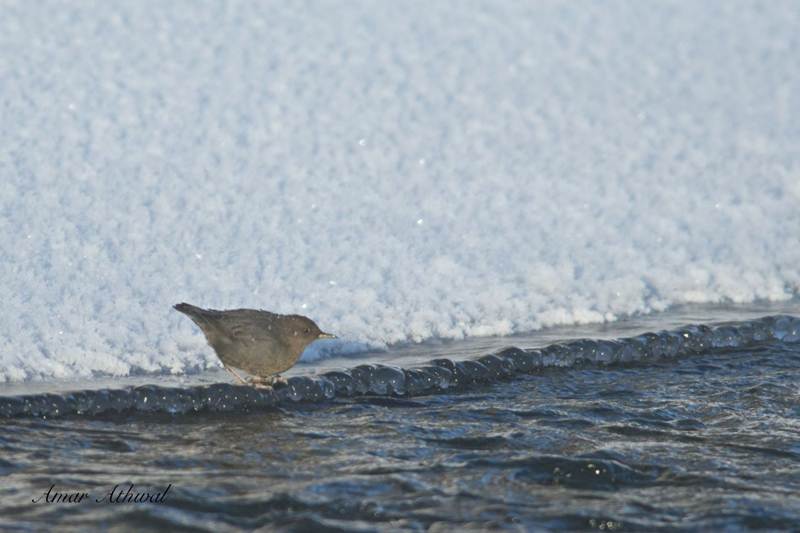
Just had finished taking pictures of a sunset, it was then time to find the American Dipper I was hearing. I started to walk along the river I was standing next to. Just a section of the river had open water, within few mintues I was standing about twenty meters from the dipper. It was diving into the water to look for food, when it would come out of the water, I would take its pictures
Until next moment,
Amar
American Dipper Family
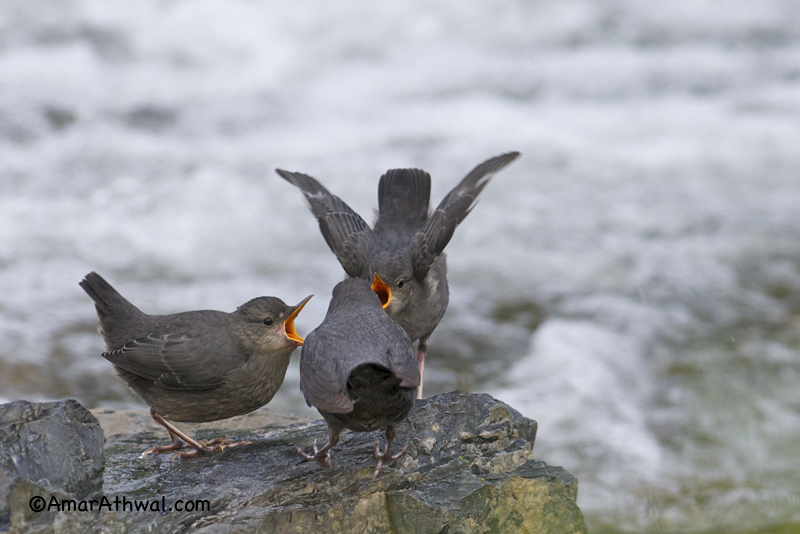
The two American Dipper adults were kept busy all morning by the two very hungry juveniles. Just as one adult would come back with food, it was off for more. Felt guilty just standing there watching the adults fly back and forth.
Until next moment,
Amar
American Dipper
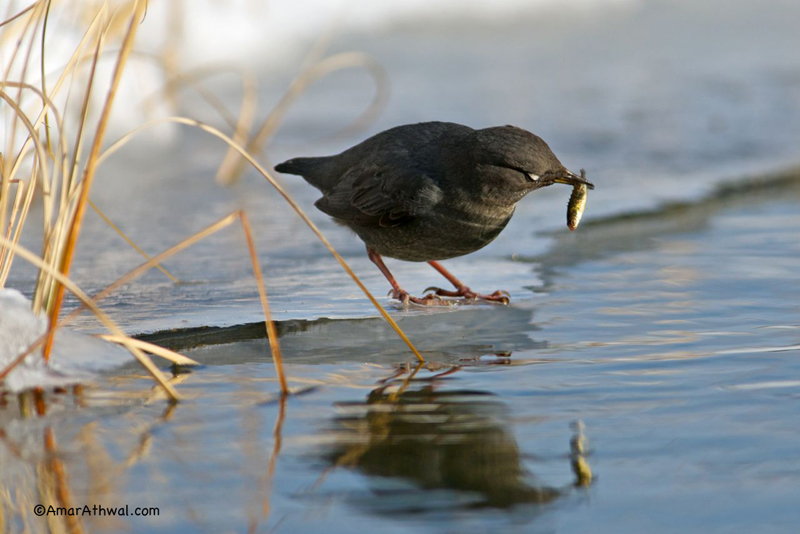
One of the birds I enjoy watching is the American Dipper, particularly in the winter. Even with its small size, its easily recognizable from a distance due to it's bobbing up and down during pauses between feeding. Putting the dipper and a Spotted Sandpiper together would give any contestants on the TV show Dancing with the Stars run for their money.Producing more oil then most birds, helps keeps the water off when seeking food underwater. Not a drop remains when it pops out of water, which comes in handy diving underwater all year around.
In the case of the attached picture, the dipper was in a small pool of water surrounded by snow and ice. Spent close to an hour watching it and taking its pictures while it caught several small fishes. As it fished and ate I kept taking pictures while close to the ground. I wanted it to move close to the dry grass next to the water, within time it did. It dived into the water and seconds later it was on the ice with a fish in its bill. As it gave the fish few shakes with its eyelids closed, with the light reflecting off the ripples to its front I grabbed the attached image.
Until next moment,
Amar
American Dipper
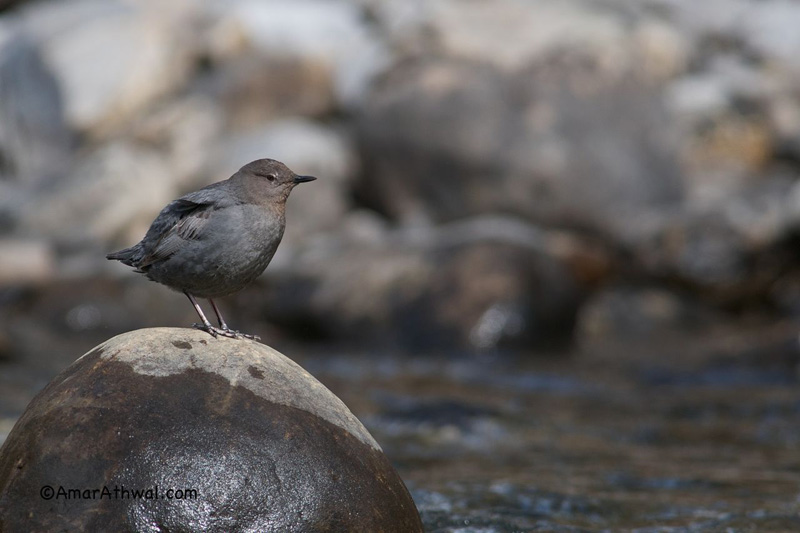
I was near the Cascade River when I heard the song of a American Dipper. Took a minute to locate it and then I started to photograph it. It kept singing and I kept taking its pictures. There I was lying along the shore of the river to get the above image. Once I was finish with the photograph, then it was time to eat and listen to the song of the dipper. It kept singing even after I had done eating. Eventually I had to leave, leaving the dipper singing and waiting for mate to come by.
Until next moment,
Amar
American Dipper
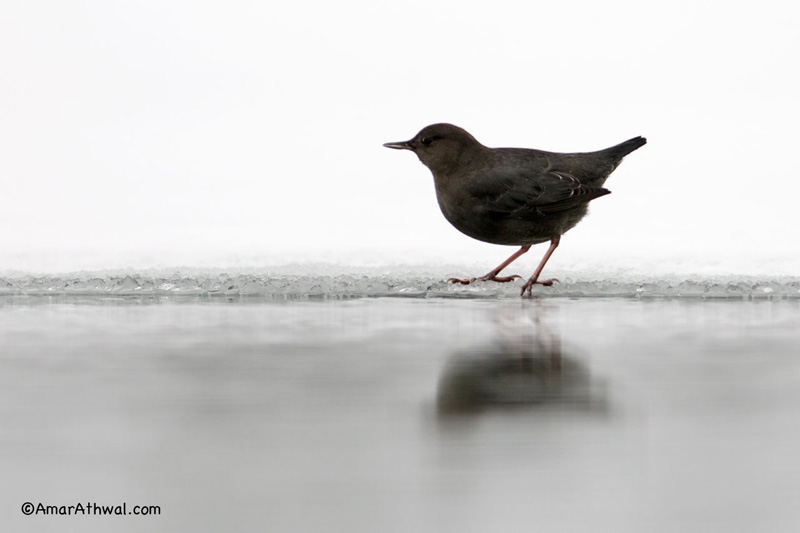
I had few days off and was determined to find birds to take pictures of. The first day I was out, light snow was falling and was not hearing lot of birds. Those that I heard were far or did not stay for me to take pictures of. Then I came across a small open pool of water with an American Dipper on the far side, going in and out of the water looking for food. It was comfortable with me across the water and went about it business. The light was not the best, but this also kept the birds surrounding simple under the overcast sky. I decided to lie on the snow to keep the lens stable, give the water a smooth look and help pop the dipper even more from the background.
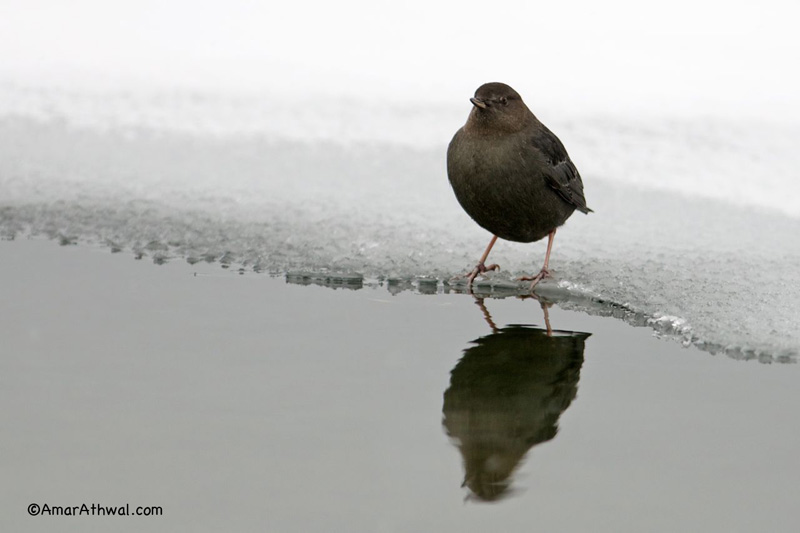
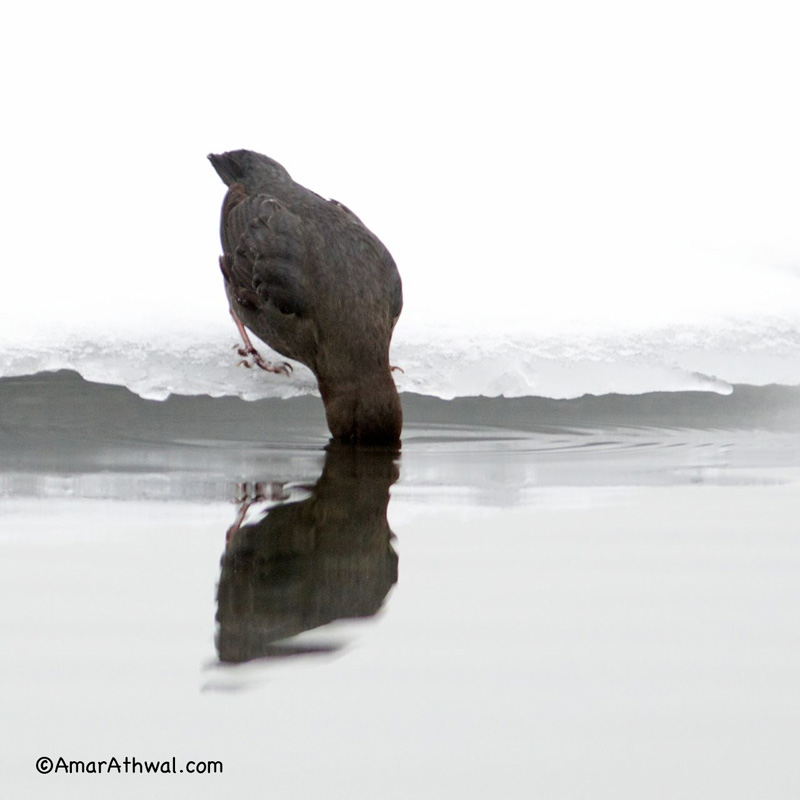
Until next moment,
Amar
